Working on a Romance MFA Syllabus
This is a crosspost from romancemfa.com – head over there for more updates on my Romance MFA project!
I’ve been working on my Romance MFA syllabus for over a month now. It hasn’t been a simple task: the number of books in the romance genre is overwhelming. I want to write historical romance: the number of historicals is overwhelming. I specifically want to write in the American Gilded Age: the number of books in the niche is limited, but the historical research I feel I need to do is overwhelming. And the number of existing romance authors, romance blogs, romance reading lists…
*deep breath*
It’s going to be okay, though. I have strategies. Or rather, one strong strategy which I am applying repeatedly.
Break it down.
Anne Lammott talks about using the “one inch frame”: you can only focus on the bit right in front of you. It’s a concept which holds for more than just writing. In recent years I have started teaching martial arts and learned to give minimal feedback to students. Maybe I can see four or five things she could be doing better, but if I tell her to fix all five at once, she’ll be confused and dispirited. So I pick one thing–maybe adjust her footwork so her knees will still be functional after practicing that kick for five years–and once she hears similar feedback from a couple different teachers, it will sink in and the kick will get better.
Here’s how I’ve been breaking things down to make my reading list. First, I needed some genre authorities. I searched for romance blogs. Now I have 150+ in my RSS reader and after a month I’m getting a sense of who is posting prolifically, who has a readership who comments, who has substance beyond endless !!CLICK HERE NEW RELEASE EXCERPT!!. I got wise to the fact that there are a handful of academic courses on the topic of popular romance which have been taught: here’s a good master list of romance syllabi. That seemed like a good way to get a handle on the genre, but the academics refer to it as “popular romance,” so I wanted to get the people’s view, too. I looked on kboards and found a massive thread called ‘Anyone a Historical Romance Fan?’, started in 2011 and still discussing historical romance reads in August 2017. I consulted a number of Goodreads lists. I also happened across the results of an NPR Books poll related to last year’s ‘Summer of Love’ theme. With 18,000 nominations in their poll, it sounded like a pretty solid source.
Putting together the lists from blogs, syllabi, Goodreads, NPR, and authors mentioned on Kboards gave me a spreadsheet with over 250 entries. Still an overwhelming number of titles, but some were starting to jump out at me as repeated mentions.
I went back to Goodreads and worked out a rough scoring system based on average rating, number of ratings, and number of editions. That didn’t help very much, but I also labeled the titles by genre. At this point, I have a pretty good idea that since I want to write historical romance, I’m probably not going to get a ton out of reading contemporary Western romance. (Too bad I already read a terrible contemporary Western before I really got my list together…) To keep things manageable, I had to choose a limited number of subgenres to read from. Maybe I’ll get into some additional subgenres later, but here’s what I’m starting with.
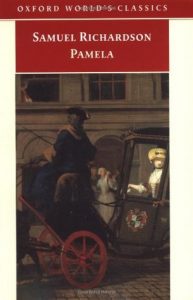 Classic Precursors & Early Romances
Classic Precursors & Early Romances
This is the easiest category to populate because the older the literature is, the more agreement there is on whether it is worthwhile, or was influential. I shall start with Samuel Richardson’s Pamela, I shall not skip Austen or Bronte.
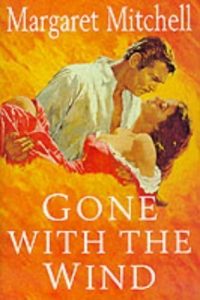 Mid-Twentieth Century Romance
Mid-Twentieth Century Romance
I have a couple books in this category that may not meet the HEA rules of popular romance but which crop up repeatedly when people talk about great romance stories. If you’re wondering if I’ll read Gone With the Wind, the answer is yes.
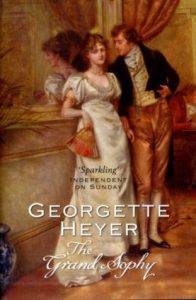 Regencies
Regencies
You really cannot read historical romance without getting into regencies, and once you’ve done a minimum amount of research it becomes obvious that you cannot get into regencies without reading Georgette Heyer, though I shall read titles from the 1980s, 1990s, and 2000s as well.
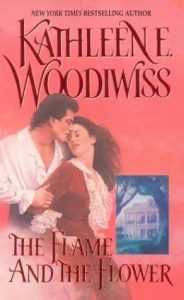 Bodice Rippers
Bodice Rippers
There’s a few authors and titles from the 1970s and 1980s that come up over and over as genre-definers, genre-changers, the first book that someone read from their mother’s stash that got them hooked. I can’t skip Kathleen Woodiwiss, for instance, if I want to have a full sense of the genre, even if the general report is that the lack of consensual sensuality seems pretty squicky to many contemporary readers.
After this point, it got tricky. I added and discarded classic erotica, contemporary, sci-fi and fantasy, paranormal, and numerous other titles that are hard to categorize but seem important. But then I remembered that I’m focusing on what I want to write, and that clarified my final genre.
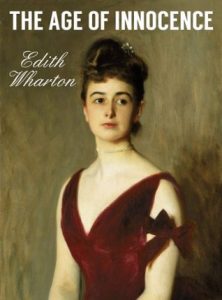 American-set Historical Romance
American-set Historical Romance
I picked a few classics – such as Edith Wharton – and added half a dozen more recent romances set in America, mainly Eastern Seaboard, written 1970-2016. Depending on what your target genre is, of course, I’d recommend replacing this category with your own comps in contemporary, western, paranormal, contemporary paranormal western, or whatever niche you are looking to write in.
Want a copy of the finalized syllabus? I’ll be sending it out to my email list on September 15, 2017.
Subscribe to the Romance MFA mailing list